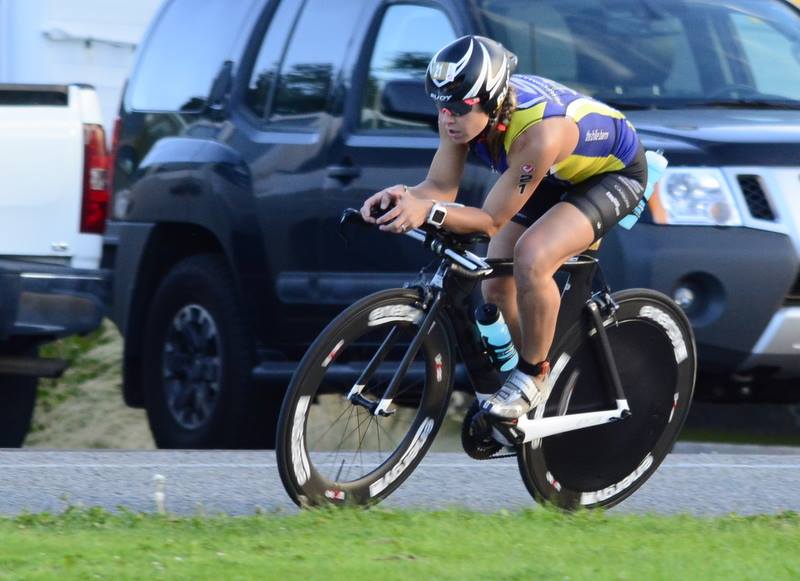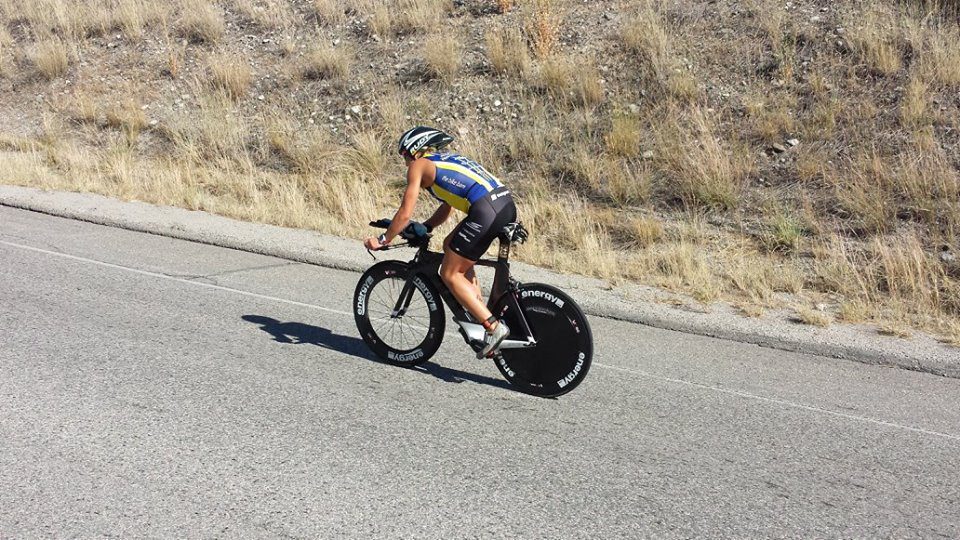The case for proper warm-ups
Coach Michael Liberzon explains why you should make time for proper warm-ups before racing or hard workouts, and how to do them.

We are all busy. It’s entirely possible that getting to that pool session or making your long ride happen required crafty negotiation with your significant other, an alarm set to a number starting with a ‘4’, or the likelihood that you no longer remember what your friends look like. So I get the desire to make the most of your workouts by cramming as much intensity as possible in the time allotted. Sadly, this often results in truncated warmups and non-existent cool downs. Sad because both matter – a lot! Let’s look at the warm-up. Below is a summary of the why it should be part of your routine and how to make the most of it.
Let’s first look why you want to include a solid warmup before your next race or hard workout. Here are four physiological benefits:
- A proper warmup loosens up your muscles. Studies show that warm muscles offer approximately 20% less resistance to movement than cold muscles. Easier is better!
- Warming up increases blood supply to the muscles and raises oxygen uptake by the muscle cells. This second point is due to the nature of haemoglobin itself. It has been shown to double its ability to deliver oxygen when it’s warmed 5C above baseline body temperature. A good warmup will do just that.
- Increasing your baseline oxygen consumption during a warmup reduces the spike in anaerobic energy production at the very start of your race. This is important for two reasons. Anaerobic work rapidly burns through your glycogen stores, which will limit performance during events longer than 90 minutes. Anaerobic work also feels hard, potentially reducing your ability to tolerate fatigue.
- Finally, warming up has been shown to reduce muscle soreness post-race. While this doesn’t necessarily mean a lower risk of injury, it may reduce recovery time.
Warmups are unique to the individual, the race, and the conditions. Still, here are some guidelines to make the most of this extra training time.
- Come up with a routine and follow it for each race. Making the warmup an automatic part of your pre-race practice, ensures that it’ll get done, and may keep the race jitters at bay.
- Warm ups ought to be very easy. A good warmup intensity is somewhere around 60-70% of threshold. That’s easy enough to pin-point using a bike power meter. On the run, a good guideline is ‘as slow as you can run’. Your warmup should also incorporate all energy systems to be used in the race. So if it’s a 5k run, include some VO2max work. If it’s a half marathon, then there’s not too much reason to go above threshold. Here’s an often-cited example of a good warmup:
- 10:00 @ 60-70% of threshold
- 10:00 very easy with 3 to 4 0:30 accelerations to race pace
A typical warmup is at least 20 minutes long. This is enough time to warm up the muscles and wake all the energy systems. You may want a longer or a shorter warmup. Here are factors that can affect that choice.
- Event duration. The shorter the event, the longer you can warm up. Shorter events are typically more intense, but there is less risk of glycogen depletion. Longer races, on the other hand, are not as intense and do strain glycogen reserves.
- Ambient temperature. You want to warm up the muscles without raising your core temperature. So shorten your warmup on hot days and lengthen it when it’s cold.
- Your own fitness. You do not want fatigue when warming up. A fitter athlete can spend more time warming up without running the risk of accumulating fatigue.
So do your warmup! Don’t neglect it. You’ll train and race better if you do!

